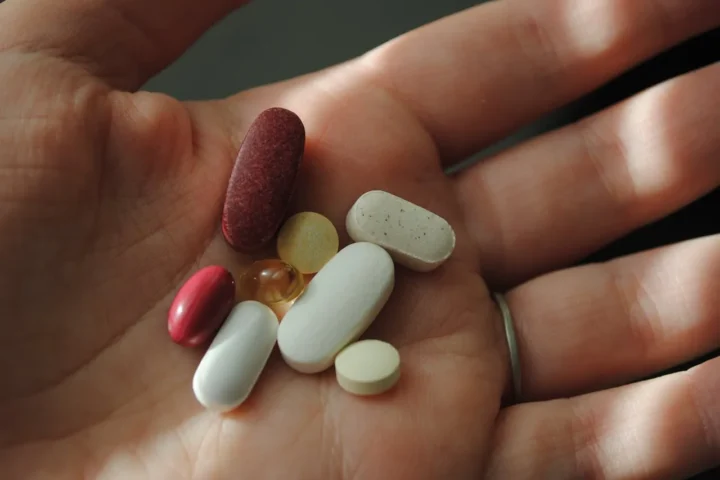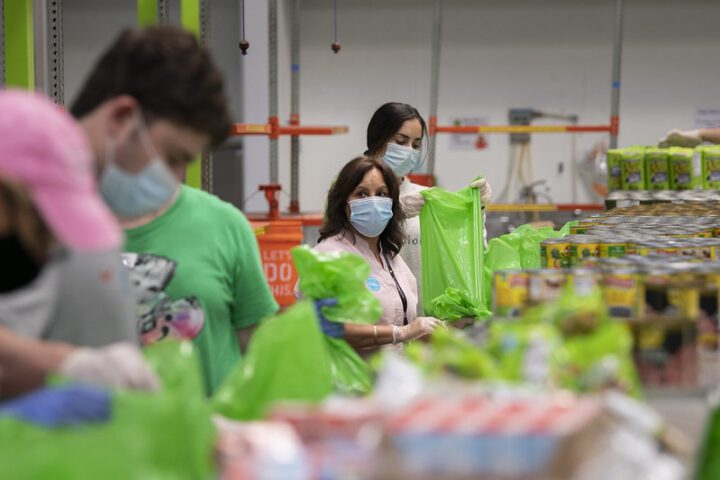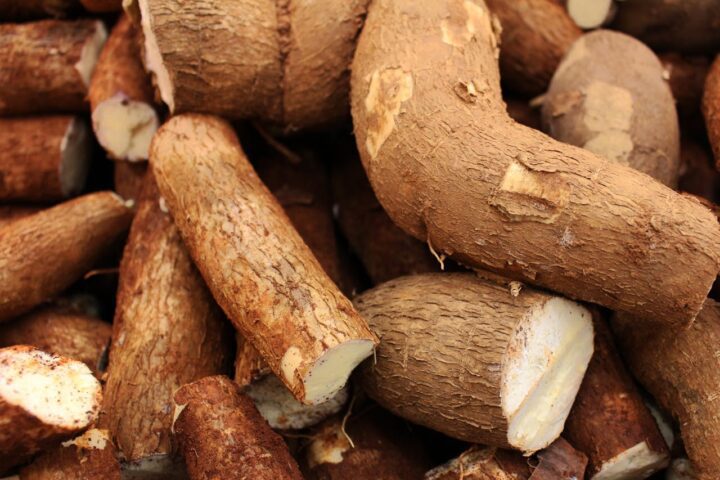The U.S. Department of Health and Human Services (HHS) has officially adopted the recommendation to eliminate thimerosal, a mercury-containing preservative, from all influenza vaccines in the United States. The decision, signed by HHS Secretary Robert F. Kennedy Jr. on July 23, 2025, follows a 5-1 vote by the CDC’s Advisory Committee on Immunization Practices (ACIP) last month.
“Injecting any amount of mercury into children when safe, mercury-free alternatives exist defies common sense and public-health responsibility,” Kennedy stated in the HHS press release.
The move comes despite decades of scientific evidence showing no harmful effects from the small amounts of thimerosal previously used in vaccines. Only approximately 4-5% of last season’s U.S. flu vaccine doses still contained the preservative, as manufacturers have already been transitioning to single-dose, preservative-free formulations.
The science behind thimerosal
Thimerosal contains ethylmercury, which the body clears much faster than the neurotoxic methylmercury found in certain fish and environmental pollution. This key distinction is often overlooked in public discourse about vaccine safety.
The FDA explains on its website that “ethylmercury is broken down and excreted from the body much more quickly than methylmercury,” and numerous studies have found no link between thimerosal and autism or other developmental disorders.
The World Health Organization (WHO) continues to support thimerosal use globally, stating: “There is no compelling scientific evidence of a safety problem related to thiomersal use in vaccines.” This stance reflects the preservative’s importance in low-resource settings where single-dose packaging may not be feasible.
Similar Posts
Historical context
This isn’t the first time thimerosal has been targeted for removal. In 1999, the Public Health Service and American Academy of Pediatrics jointly called for reducing thimerosal in vaccines “as soon as possible” as a precautionary measure. By 2001, most routine childhood vaccines in the U.S. had been reformulated without thimerosal, with multi-dose flu vaccine vials remaining the main exception.
Supply and cost implications
Sanofi and CSL Seqirus have confirmed supply can meet demand for the 2025-26 flu season.
However, the shift comes with trade-offs. Experts warn that pre-filled syringes cost more than multi-dose vials and require additional cold-chain storage volume. These factors could affect vaccine accessibility in some communities.
Dr. Cody Meissner, who cast the lone dissenting vote on the ACIP panel, expressed concern that “I would hate for a person not to receive the influenza vaccine because the only available preparation is with thimerosal,” according to CDC meeting transcripts.
Professional response
The American Academy of Pediatrics (AAP) has cautioned about the precedent set by the decision. “Extensive research proves thimerosal is safe; removing ingredients without scientific grounds ultimately makes children less safe,” the organization stated on July 19.
This perspective highlights the tension between addressing public concerns and following scientific evidence in public health decision-making.

What’s next
The HHS press release footnote indicates that decisions on other ACIP recommendations are still pending review.
Most U.S. licensed flu vaccine products had already moved away from thimerosal before this mandate. Seqirus’ single-dose presentations are preservative-free, whereas its multi-dose vials still include thimerosal, reflecting an industry-wide trend toward single-dose packaging.The full transition to thimerosal-free influenza vaccines formalizes a change that was already well underway. While scientific bodies including the FDA, CDC, WHO, and AAP maintain that no evidence of harm exists from previous thimerosal exposure levels, the policy shift aligns with public concerns about vaccine ingredients and continues the trend toward single-dose vaccine packaging in the United States.

















